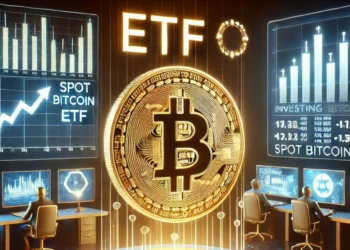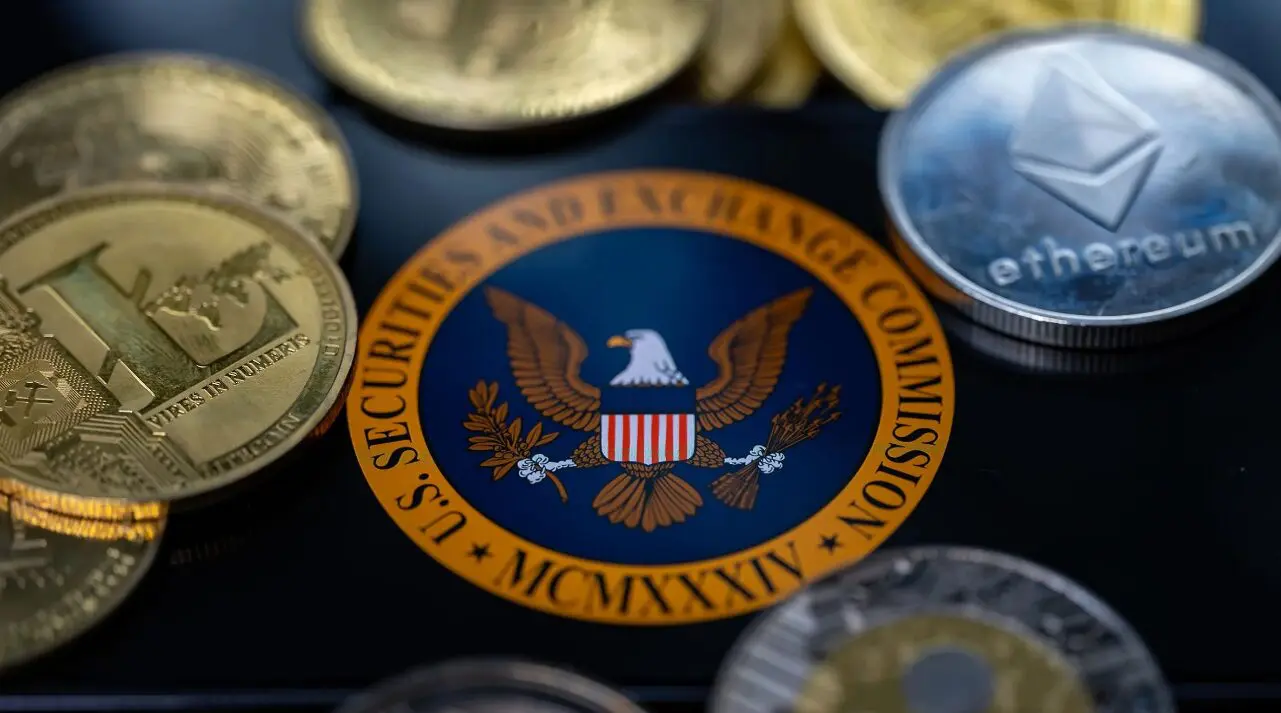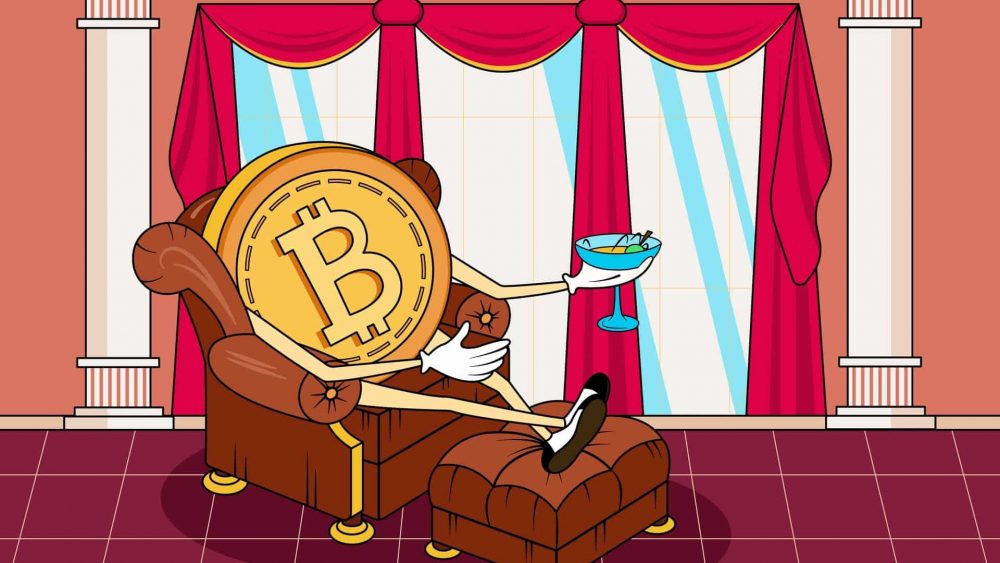Table of Contents
Binance smart chain (BSC), as the name suggests, is a blockchain created in the Binance workshop. To put it bluntly, this is a modified blockchain Ethereum (ETH). If you say that a modified blockchain based on ETH cannot succeed, the opposite is true. Let’s take a closer look at why BSC has been doing so unprecedentedly lately, why it already has larger transaction volumes than ETH, and how it is different from ETH.
Comparison of Binance smart chain and Ethereum blockchain
BSC:
- Fast transactions (3-10 sec.)
- Centralized (21 nodes)
- Transaction fee (0.2 USD)
- Infrastructure is just created
ETH:
- Slow transactions (1-10 min.)
- Fully decentralized
- Transaction fee (25 USD)
- Very developed infrastructure
Fans of Ethereum are not so pleased with this Binance chain, but the BSC cannot be blamed for its low entry barrier. Swaps of various tokens, farms, stakings, loans, lending, providing liquidity and more can be done for a fraction of the price than ETH.
How much do farming fees cost at ETH and BSC
At Ethereum, locking tokens to the farm and unlocking will cost you about $200. 1-2 USD will be enough for you on the Binance smart chain. So, if you lock up 400 USD to the farm at ETH, you will lose 200 on fees, then the farm only makes sense in the case of higher thousands of dollars. At BSC, however, you can lock up $50 or $10,000 to the farm, and with a fee of $ 1-2, you won’t be bothered by this. Due to the absence of an entry barrier (low fees), about 5 times higher transaction volumes now flow on the BSC than on the ETH.
Pros and Cons od BSC and ETH?
BSC is easily accessible, fast and inexpensive, but with 21 nodes centralized. Nodes are under control of Binance or their partners (large Blockchain projects such as Certik, etc.). This is a thorn in the side of all supporters of maximum decentralization. However, the flexibility of the Binance smart chain and the low entry barrier show that people with hundreds or less of thousands of dollars do not need 100% decentralization and rely on the Binance nodes and their partners.
How is such flexibility known? For example, the BNB you need to pay BSC fees has been rising in price for a long time, from some $30 this year to the current $340. BSC fees have risen, so Binance simply BSC fees halved. Such an agreement would take a long time to correct in the event of decentralization to the ETH.

Ethereum will offer 100% decentralization, thanks to a huge number of nodes, so one company will not affect anything at ETH. There will probably never be a rejection / rollback of a transaction, etc. However, the price for this comfort is redeemed by huge fees and less flexibility (slow transactions and changes / proposals). Ethereum is great, but it’s starting to make no sense for newcomers. Unless we see lower fees, it will not be applicable to ordinary mortals…
For whom is ETH and for whom BSC
If we should take it impartially, we see the use case for both chains at the same time, they even complement each other beautifully, you just can’t have the flaps on your eyes / be blind maximalists.
Binance smart chain as a gateway to cryptocurrencies
Do you have tens / hundreds / thousands of dollars? Then download Metamask or Safepal and come and try out how it works. How the transaction is verified, how it is sent, what it does, how long it takes, what the process is. Try to farm something (10-300% annual profit). Just touch it and you can often evaluate your finances with minimal risk. If you feel like a fish in water here, but you will have a slight paranoia from the centralization of 21 nodes, you can transfer your huge amounts of money to ETH and pay a huge fee, with the knowledge of 100% decentralization.
Ethereum as a gateway for large investors requiring maximum decentralization at a high price
I can imagine a situation where you have tens / hundreds of thousands of USD or millions, and you are afraid to have them invested in projects / chains that can affect a particular company (Binance). Then it might make sense to pay someone for a freedom fee in the hundreds of USD. For beginners, in my opinion, it really is no longer, and they would burn half of their money unnecessarily on fees.
Where there are greater opportunities – BSC or ETH
From the point of view of this, the opportunities on both sides are huge. At BSC, there are now orders of magnitude more profitable farms and newly emerging projects that are growing at a dizzying pace. However, the industry is still too new for huge investments by prudent corporations, and before they pour billions of dollars into various projects, they will have them verified over time, hence the higher profits, but also the possibility of hacking a new project. If you are going to invest money somewhere, at least the project should be audited.

At Ethereum, profits from staking, liquidity and farms are lower, as they are now used by huge corporations with large capital. On the other hand, the risk of hacking is lower. And, for example, NFT markets are developed many times more here than at BSC, where everything is just emerging. If you have a valuable NFT work, you will certainly sell it more expensive on Opensea (ETH) than on the new Bakeryswap (BSC).
Popular projects on Binance smart chain (BSC)
Pancakeswap – (something like Uniswap on ETH), the volumes of this decentralized exchange are growing at a dizzying pace, as is the price of the token. Here you can swap, provide liquidity (lock the BNB / USDT, for example) and get a share of each transaction in this pair. You can farm or participate in new IDOs – purchase tokens before listing. All you need to do is set up a wallet as Metamask.
Bakeryswap – can do almost the same as the leader at BSC, Pancakeswap, but specializes in NFT and have made their market accessible. You can exhibit, buy, sell and auction here.
Treasuryland – a nice NFT market with verified authors (so far more NFT companies than individuals). You can buy and sell here.
Autofarm – tokens that you lock into liquidity on the pancakeswap can then be farmed in an autofarm, which collects rewards from the pool without having to confirm the selection of profits every day and burn fees on it. It automatically merges profits / tokens and farms them without the need for your intervention.
Venus – If you have Venus Tokens (XVS), you can go to BSC, Mint / Issue (VAI) and then have about 30% APY for staking tokens.
Aplha Finance Lab – if you are low on 100% APY on the Pancakeswap, Aplha can triple the farm from your liquidity. However, it is a leverage effect and you can earn 3x faster, but also lose. Only for advanced who work in this sector.
1inch – The aggregator of all exchanges at BSC, selects the most advantageous exchange rate and offers you its exchange for that. Then you don’t have to search across the exchanges, which has the most advantageous exchange rate. This project also works on ETH and will expand to other chains.
1inch DEX aggregator: 1inch review of the popular DEX with interesting airdrops
You will find all these and other applications already integrated, for example, on the Safepal Wallet.
SafePal S1 Review – the cheapest new hardware wallet backed by Binance
Other apps are on their way or already working
Almost all the projects that Binance somehow supported or have been in its launchpool / launchpad are gradually or are coming to BSC, if you have their tokens, look if it is not better to move them to BSC and lock them for beautiful APY (annual profitability / interest) or use them somehow.









![How to Buy X Stocks [Twitter] – A Step-by-Step Guide 16 How to Buy X Stocks [Twitter] – A Step-by-Step Guide](https://cryptheory.org/wp-content/uploads/2025/02/2-14-350x250.jpg.webp)
![Best Platforms for Copy Trading in [current_date format=Y] 17 Best Platforms for Copy Trading](https://cryptheory.org/wp-content/uploads/2024/12/copy-trading-350x250.jpg.webp)














